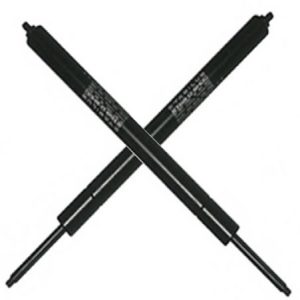
Gas springs are commonly used to align and position moving parts. Like all springs, they are devices that store mechanical energy. Gas springs, though, leverage a gas-filled compartment.
Most gas springs have a piston rod that moves into and out of a cylinder. The cylinder contains gas. As the piston rod moves into the cylinder, the gas will pressurize. While nearly all gas springs feature a piston rod and a cylinder, they are available in different types.
Length
The length of a gas spring may vary. Some of them are longer than others. When choosing gas springs, you should consider their extended length and their compressed length.
Extended length refers to the length of a gas spring when the piston rod is fully extended. Compressed length, on the other hand, refers to the length of a gas spring when the piston rod is exposed to a force and, thus, compressed. Compressed length will always be shorter than extended length.
Damping Direction
If you’re planning to buy gas springs, you should check the damping direction. Gas springs are able to dampen the force to which they are exposed. The damping direction refers to the direction in which a gas spring dampens the force.
Damping directions include compression and extension. Compression and extension, of course, are also used to describe types of springs. Compression springs are designed for applications involving a pushing force. Extension springs are designed for applications involving a pulling force.
Gas springs can be classified as either compression or extension depending on their damping direction. Compression gas springs have an inward damping direction, whereas extension gas springs have an outward damping direction. There are also some gas springs that offer both damping directions. You can essentially use them as either compression or extension springs.
Locking vs Non-Locking
Gas springs are available in locking and non-locking styles. Non-locking gas springs are probably the most common. The piston rod will automatically sink into the gas-filled cylinder when exposed to a force. Once the force has been removed, the piston rod will extend out of the gas-filled cylinder.
For greater security, you may want to choose locking gas springs. Locking gas springs are able to lock in place. They feature a valve system. When the valve is open, the locking gas springs will provide force-damping. When the valve is closed, they’ll lock in place while subsequently resisting any motion to which they are exposed.
